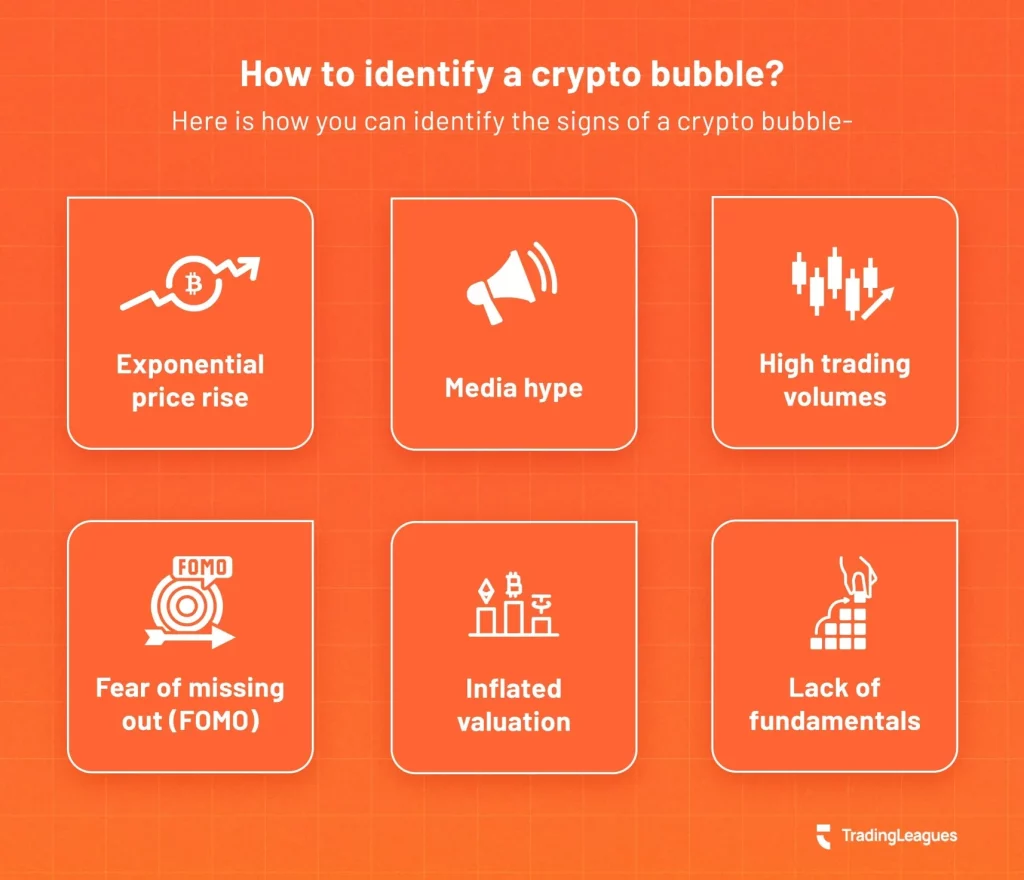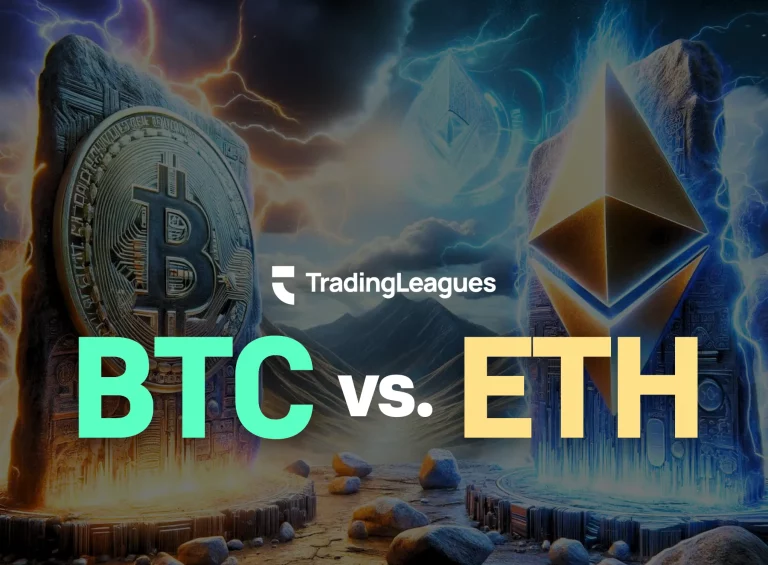A bubble, from a financial and economic perspective, refers to an event that is characterised by the rapidly increasing price of a financial asset to the point that it is unsustainable, causing it to burst eventually.
For instance, when people start buying a digital asset at a much higher rate than its actual value, it leads to the creation of a demand bubble that pushes the price of that asset even further. This attracts more investors and can result in sudden and rapid price rises.
The dot-com bubble (1995-2000) stands as a classic example of a financial bubble that occurred due to the rapid growth of the internet and dot-com companies like Google, eBay, and Yahoo..
However, this kind of bubble eventually bursts, and the asset’s price decreases drastically. When the dot-com bubble burst in 2000, it led to massive financial losses and a rapid decline in the value of dot-com stocks.
In the case of cryptocurrencies such as Bitcoins, we refer to it as a cryptocurrency bubble. This post aims to explore more about bubbles in crypto and how you identify them before they burst.
A cryptocurrency bubble refers to a sudden surge in the value of a digital asset or a cryptocurrency followed by a rapid and significant price decline, which is largely driven by speculation and hype.
The lower the price of cryptocurrency falls, the more people start to sell it off, creating a cycle where the price keeps falling, and people keep selling the currency until the value of the coin or token crashes to nearly zero.
How does a crypto bubble work?
Technically speaking, crypto bubbles work similarly to financial bubbles in other asset classes, such as stocks or real estate.
Crypto bubbles are often driven by aspects such as overhype, speculation, and media attention. These bubbles form when investors start to buy a particular cryptocurrency at unreal or over-inflated prices. These prices are typically much beyond what they should be worth.
This demand for the asset or currency causes other investors to also buy into that particular currency, as they fear losing out on a great investment opportunity.
As the price of cryptocurrency continues to rise, more and more investors become attracted to the market, creating a kind of feedback loop that drives prices higher and higher.
However, once the hype comes down, there is regulatory action, or negative news comes out, investors start selling their holdings. This triggers panic, followed by a sharp drop in prices.
What are the examples of historical crypto bubbles
A few historical crypto bubbles include-
- The Bitcoin bubble
There has been a huge surge in Bitcoin value that was seen in 2017, reaching as high as $20,000. Later, it crashed sharply to around $3,000 within a year.
- The ICO craze
The ICO or Initial Coin Offering boom is another example of a crypto bubble that led to several projects raising millions. However, many of them later turned out to be massive failures.
- The Altcoin frenzy
Yet another example here is the Altcoin frenzy, where numerous altcoins saw exponential growth, but soon, a correction led to huge losses for investors.
How to identify a crypto bubble?
Here is how you can identify the signs of a crypto bubble–

- Exponential price rise
Whenever the price of a cryptocurrency experiences a sudden, exponential surge over a short period, it may be an indication of a crypto bubble.
- Media hype
When mainstream media extensively covers the event or cryptocurrency in question, it can contribute to the formation of a bubble.
- High trading volumes
A quick and sudden increase in trading activity, along with rising prices, could also be a clear sign of speculative trading and a possible crypto bubble.
- Fear of missing out (FOMO)
When investors have the FOMO or the fear of missing out on potential profits, they end up making impulsive decisions which may contribute to a crypto bubble.
- Inflated valuation
If the market capitalisation of a particular cryptocurrency is increasing fast without an increase in practical use, it is a sign of forming a crypto bubble.
- Lack of fundamentals
If a cryptocurrency lacks fundamentals such as a strong development team, a clear roadmap, and a robust business model, it may be a sign of a bubble.
What are the risks associated with cryptocurrency bubbles?
When it comes to crypto bubbles, there are numerous risks to keep in mind. Some of these are listed below-
- Risk of a crypto bubble bursting
One of the main risks to look out for with crypto bubbles is that the bubble can burst. This will cause the prices of assets to fall sharply.
- Risk of fraud
Since crypto is a new and largely unregulated asset class, there is also the potential for various frauds and scams.
- Risk of uncertainty
- As per some experts, crypto is not a real asset class, and its value will ultimately crash. If this happens, there is always a risk of investors losing out a lot of money.
TradingLeagues - The best app to practice crypto trading during cryptocurrency bubbles
While there are several websites, apps, and tools available to help investors track cryptocurrency prices and monitor market trends, one of the best options to practice crypto trading during cryptocurrency bubbles is TradingLeagues.
TradingLeagues, the fantasy trading app for crypto & stocks, offers an engaging way to refine your trading skills through a variety of stimulating games. It serves as your all-in-one stock market learning platform, providing four distinct leagues/games – Classic Leagues, Battle Leagues, Selection Leagues, and Target Leagues – all designed to impart comprehensive knowledge about the markets..
The games of the TradingLeagues platform have been carefully designed to be fun and immersive. The best part of the platform is that you can download the app for free and start playing immediately.
To conclude
Investing in cryptocurrencies comes with a specific set of risks, including the potential for significant losses during bubbles or market downturns.
In this post, we have covered everything you need to know about crypto bubbles and how to identify them before they burst.
However, before investing in any cryptocurrency, it’s essential to do thorough research, clearly understand the risks involved, and accordingly make informed decisions based on your respective investment goals and risk tolerance.






